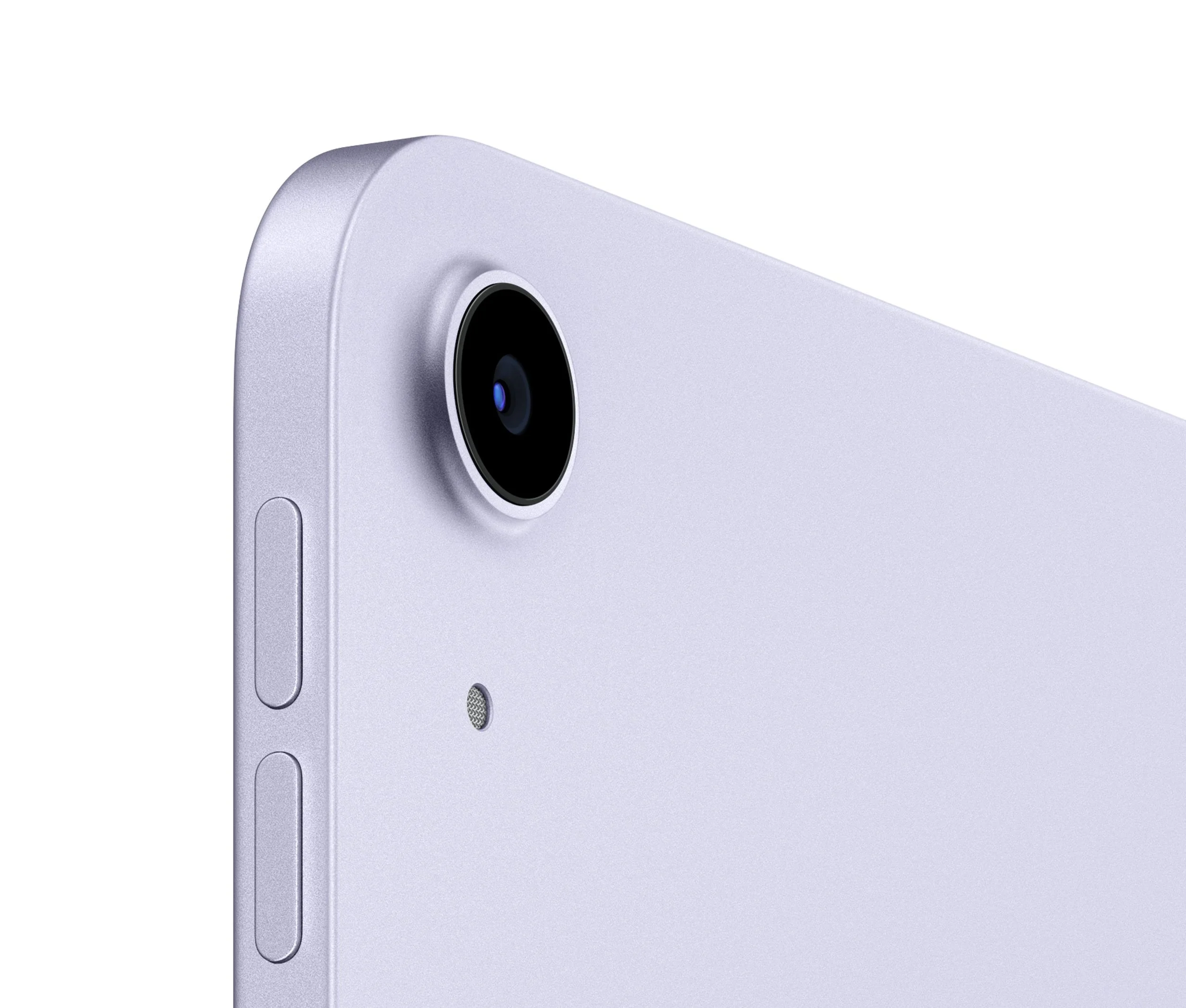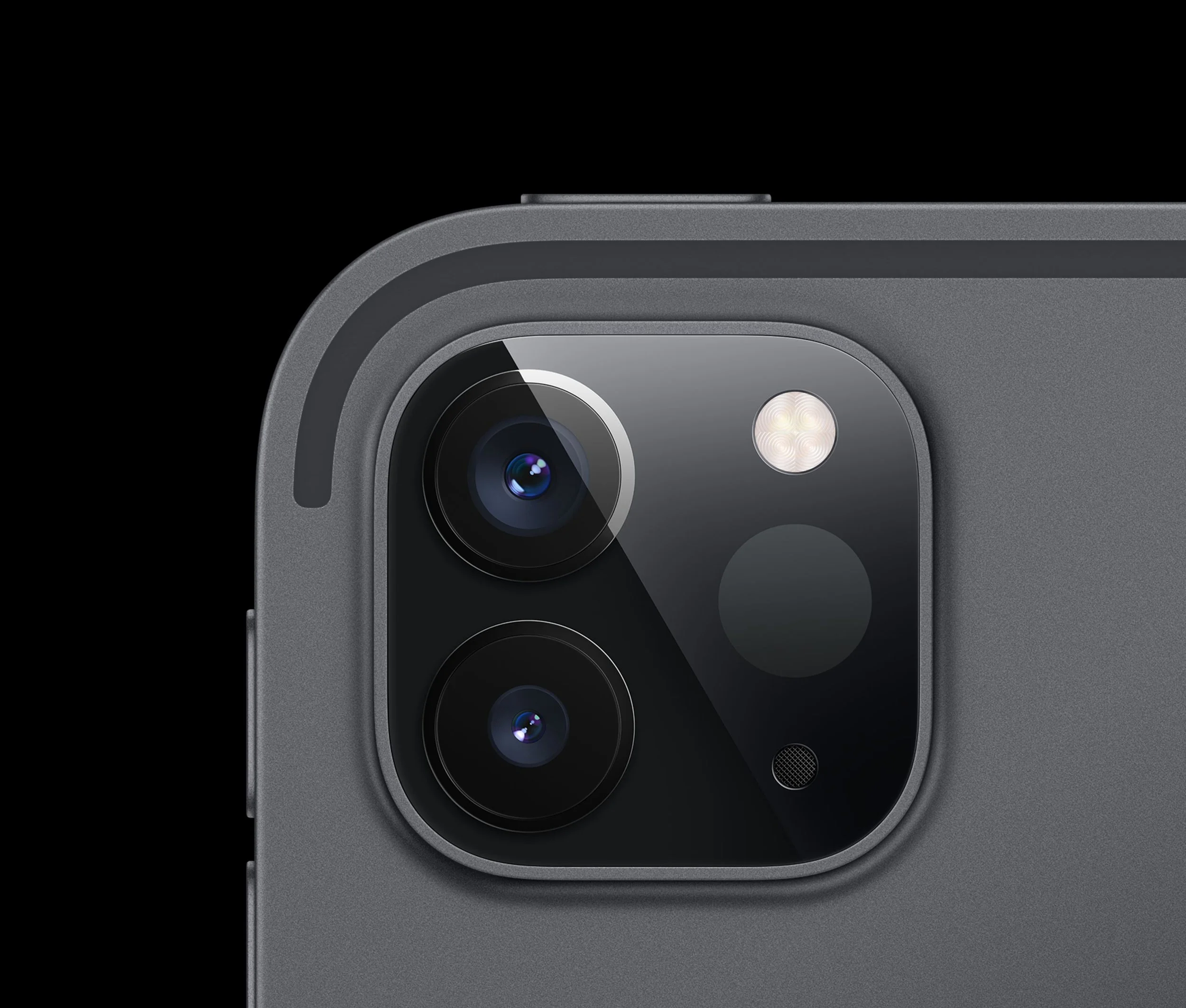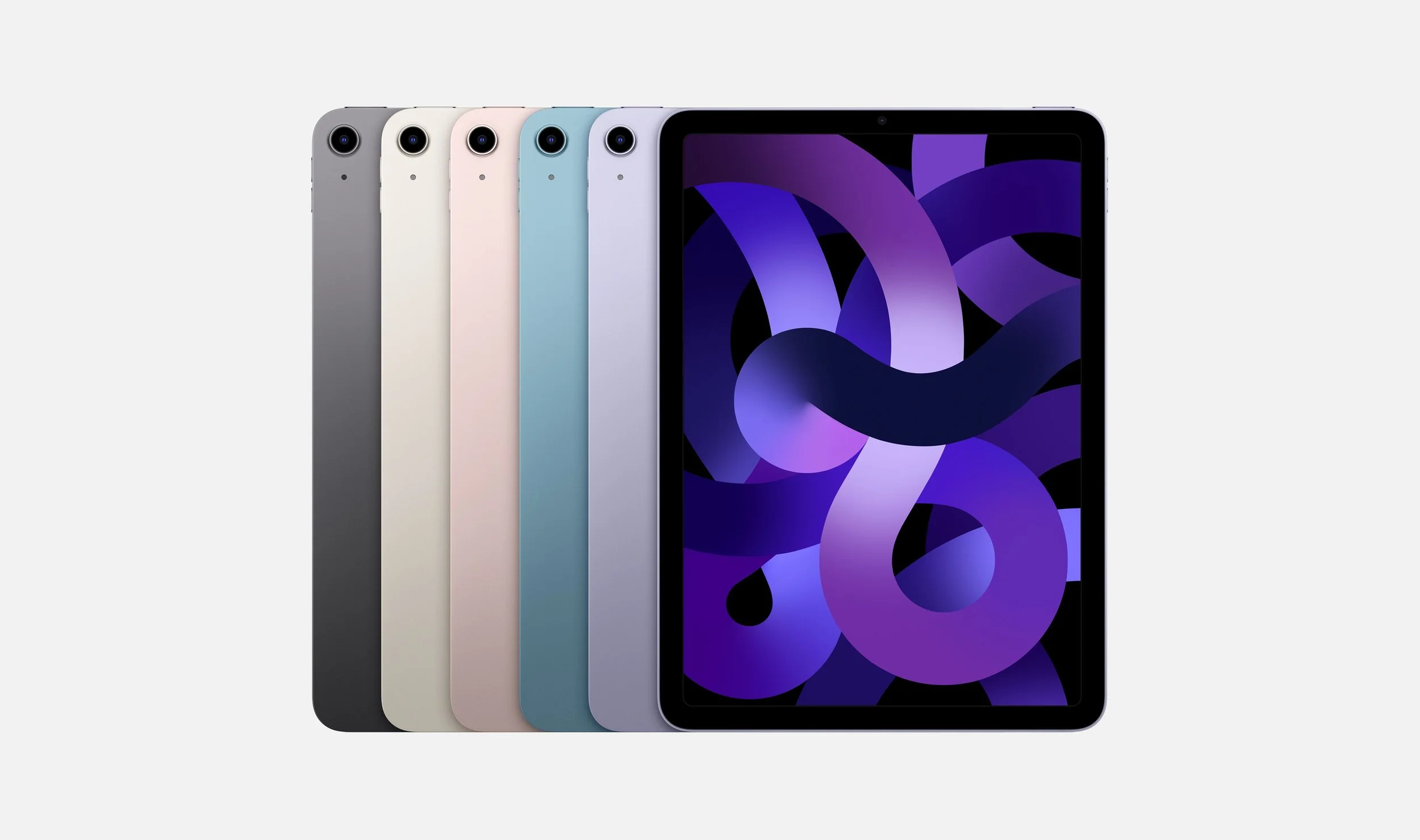iPad Air vs. 11-inch iPad Pro
Apple updated the iPad Air at its spring “Peek Performance” event on Tuesday, bringing it even closer to the 11-inch iPad Pro in terms of features and specs. If you’re considering a new medium-sized iPad, it can be tough to choose between the two. Here’s a quick feature comparison that might make your life a little easier.
Note: Obviously I’m omitting the 12.9-inch iPad Pro, which is the only model to offer Apple’s XDR mini-LED display. If you want the biggest iPad or the best screen tech available, that’s the only way to go.
Similarities
There are a handful of features that both the 11-inch iPad Pro and the new iPad Air have in common.
Both are compatible with the Apple Pencil 2
Both are compatible with the Magic Keyboard and Smart Keyboard Folio
Size and weight are nearly identical. The iPad Pro weighs 1.03 lbs while the iPad Air weighs 1.02 lbs.
Both screens have the same 264 pixels-per-inch resolution
Both have fingerprint resistant, fully laminated, P3 wide color displays
Both batteries get up to 10 hours on Wi-Fi and 9 hours on cellular
Both cellular models support nano-SIM and eSIM
Both run on the M1 and offer options for some sort of 5G capability
Now, here’s how they differ.
Screen
iPad Pro - 11 inches, Liquid Retina, True Tone, ProMotion, 600 nits
iPad Air - 10.9 inches, Liquid Retina, True Tone, 500 nits
The devices have the same footprint at 9.74” by 7.02”, but the iPad Air’s screen is smaller due to ever-so-slightly larger black bezels. If you look at them side-by-side, you might notice the difference, but in regular use, it’s negligible.
The brightness difference is also pretty negligible. If you like to use your iPad outside on bright days, you may appreciate the extra 100 nits of brightness…otherwise, you won’t notice.
ProMotion is what sets the iPad Pro apart. It’s Apple’s high-refresh technology that makes scrolling through content ultra smooth, and if you’re used to it on other devices, you’ll miss it on a screen this size. Still, I categorize it as a “nice to have” feature…If you’ve never used it before, then you won’t even notice it’s missing on the iPad Air.
Biometrics
iPad Pro - Face ID
iPad Air - Touch ID in the lock button
I’d categorize Face ID as another “nice to have” feature. I appreciate it when it’s there, but resting my finger on a button is just as easy. Sometimes I forget that my iPad mini doesn't have it, so I sit there staring at it waiting for it to unlock. My own confusion aside, Touch ID is perfectly usable.
Storage Options
iPad Pro - 128GB, 256GB, 512GB, 1TB, 2TB
iPad Air - 64GB or 256GB
This is one of the more compelling reasons to consider the iPad Pro over the Air. 64GB of storage will fill up pretty quickly, so I tend to urge people toward higher storage tiers if their budgets allow. In my opinion, 128GB is a sweet spot for most people, but the iPad Air doesn’t offer that as an option.
If you do any kind of creative work and you know you’re going to want to store lots of photos or video on your iPad, the Pro is the best way to go. It gets pricey in those upper storage tiers, but it’s worth it to avoid having to carry external storage devices.
If you just want a media consumption device for magazines, books, and maybe a few movies or TV shows, the 64GB iPad Air should be just fine. You’ll just need to curate your collection more often…or opt for 256GB to avoid having to choose.
Chip
iPad Pro - M1, 8-core CPU, 8-core GPU, 8GB or 16GB of RAM (depending on storage size)
iPad Air - M1, 8-core CPU, 8-core GPU, 8GB of RAM
I was surprised to see Apple put the M1 in the iPad Air. I assumed they’d bring it up to par with the iPad mini by putting the A15 Bionic in it, but I guess the M1 makes more sense in a larger device. The only difference here is that you’ll get more RAM on the Pro if you go with the 1TB or 2TB storage tiers. Most people won’t notice a difference. Apps that haven’t been opened for a while will reload less often, but that’s the extent of it for most use cases.
Cameras
Source: Apple
iPad Pro - 12MP wide, 10MP ultra wide, 12MP TrueDepth front camera, True Tone flash
iPad Air - 12MP wide, 12MP front camera
In my opinion, rear cameras on an iPad are useless aside from scanning documents. I’m sure there are plenty of use cases that don’t apply to me, so if you do have a need, you can rest assured that both iPads have the same main 12MP rear camera. The iPad Pro adds the ultra wide camera found on the iPhone, and it has a bright True Tone flash. The iPad Air doesn’t have a flash.
The iPad Pro also has a LiDAR Scanner, which isn’t much more than a cool tech demo for now. If you don’t know whether or not you need LiDAR, you don’t need LiDAR.
Source: Apple
Up front, the main difference is the TrueDepth system that allows for Face ID on the iPad Pro. The iPad Air lacks those sensors, but the only features that are lost (aside from Face ID) are portrait mode and Animoji. Otherwise, both front cameras are 12MP and support Center Stage, which automatically pans and zooms on video calls to keep faces in frame. Every iPad available now supports Center Stage, which is awesome.
Speakers
iPad Pro - 4 speaker audio
iPad Air - 2 speaker audio
Anyone who uses their iPad as a portable video or music device will appreciate the iPad Pro’s 4-speaker audio system, which allows for greater separation and better bass performance. If you don’t often play audio on your iPad or you prefer headphones, this won’t matter at all.
Connector
iPad Pro - Thunderbolt / USB 4
iPad Air - USB-C
This is another pro-specific feature that most people won’t notice. If you work with large video or photo files, you may want the faster transfer speed available with Thunderbolt on the iPad Pro. Otherwise, you’ll only use this port for charging the iPad, in which case, they’re identical.
Wireless
iPad Pro - 5G (sub-6 GHz and mmWave)
iPad Air - 5G (sub-6 GHz)
Both iPads support 5G (if you choose a cellular model at a premium), but only the iPad Pro supports the ultra fast mmWave variant. This won’t matter to most people, but if you happen to work or live in an area that has access to mmWave 5G, you’ll want to keep this in mind.
The cellular option adds $150 to an iPad Air and $200 to an iPad Pro (presumably due to the mmWave compatibility).
Colors
Source: Apple
iPad Pro - Space Gray or Silver
iPad Air - Space Gray, Starlight, Pink, Blue, Purple
If you want a colorful iPad, your only choice is the iPad Air. Apple still assumes that “pros” don’t want colorful products (aside from one iPhone Pro color each year (2 this year with the new Alpine Green that was just announced)), so if you decide to go Pro, you’re stuck with silver or gray. That’s not to say the iPad Pro is a bland-looking product…I just wish they’d extend the iPhone Pro colors to the other pro products. I’ve never typed “pro” so many times in one paragraph.
Price
iPad Pro Wi-Fi - 128GB $799, 256GB $899, 512GB $1099, 1TB $1499, 2TB $1899
iPad Pro Wi-Fi + Cellular - 128GB $999, 256GB $1099, 512GB $1299, 1TB $1699, 2TB $2099
iPad Air Wi-Fi - 64GB $599, 256GB $749
iPad Air Wi-Fi + Cellular - 64GB $749, 256GB $899
Look at all those options. It’s enough to make your head spin and your wallet cry.
Conclusion
The first thing to decide is whether or not you’ll use cellular connectivity. It’s a nice option to have, and I’ve used it in the past, but I’ve found that it’s just as easy to use my iPhone’s hotspot when I’m on the go, so I don’t opt for cellular iPads anymore.
Once you figure that out, you can eliminate half of those pricing options. Then, narrow it down further by figuring out how much storage you’ll want, and you’ll have a much easier decision to make. Are the extra features of the Pro worth the additional cost?
In my opinion, the iPad Air is the way to go for most people. If you’ll be using this to read books and magazines or to watch movies on a plane, you’ll be much better served saving some cash and going with the Air. Even if you want to use it as a digital notebook with the Apple Pencil or a word processor with the Magic Keyboard, going with the Air saves enough cash to put toward those other accessories.
If, however, you want an iPad to use as a mobile photo or video editing device, go with the Pro. You’ll get a lot of use out of the Thunderbolt port and higher storage options, and if you go as high as 1TB or 2TB, you may even notice the benefits of more RAM.



